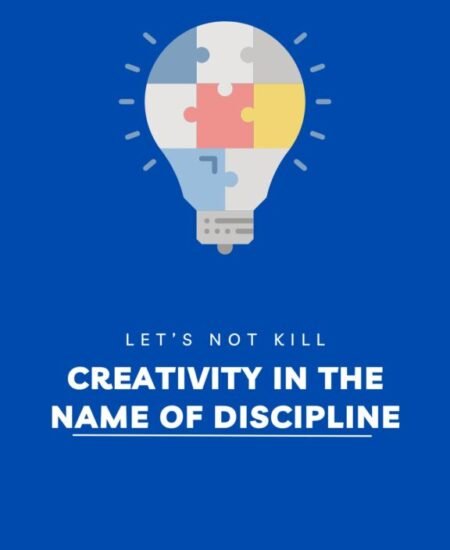Doodlers in the Classroom: The Hidden Creative Geniuses We Often Overlook
In many classrooms across the world, there is a common sight: a student quietly sketching on the edge of their notebook while the teacher speaks. To many educators and parents, this behavior may come across as inattentiveness, daydreaming, or a lack of seriousness. But what if these young artists are not distracted, but deeply engaged in their own way?
It’s time we stop labeling these students as “not focused” and start recognizing them for what they often are… highly intelligent, visually gifted, and creatively inclined individuals who process information differently.

Drawing While Learning = Dual Processing, Not Distraction
Numerous studies have shown that doodling
or sketching while listening can improve memory retention and stimulate deeper
engagement with content. For creatively wired minds, traditional learning
environments may feel too rigid or overly verbal. These students often think in
images, patterns, and design concepts. While others write or speak to express
thoughts, they draw.
Rather than zoning out, many creative
students sketch to focus. It’s their brain’s way of translating auditory input
into visual processing. When we dismiss this as mere distraction, we may be
suppressing extraordinary potential.
Let’s Not Kill Creativity in the Name of Discipline
Too often, school systems prioritize rote learning, standardized testing, and theoretical knowledge. Creative children, especially those inclined towards art, design, or visual thinking, are left under-stimulated and often misunderstood. Many of these students end up being labeled as “slow” or “not academically strong,” when in reality, they may simply excel in a different kind of intelligence.
Think of the architects, UI/UX designers, filmmakers, animators, interior designers, and engineers shaping the world today. A large number of them probably grew up scribbling on margins, designing imaginary houses, sketching characters, or creating logos in their textbooks.
We must nurture and guide these minds, not silence
them.


Creative Careers: Where These Students Truly Shine
For these young creatives, traditional academic paths may not lead to fulfillment. But fields like Architecture, Product Design, Animation, Industrial Design, Game Design, Fashion Design, Fine Arts, and even Marketing open vast opportunities.
These careers demand spatial intelligence, original thought, problem-solving, and a strong visual sense – all strengths of those “doodlers” in class.
The key is early identification and mentorship. Parents, teachers, and counselors must encourage exploration in sketching, model-making, photography, and design thinking. Tools like summer art camps, portfolio building workshops, and creative competitions can provide a positive outlet and direction.
Supporting the Hidden Geniuses
At PINNACLE, we often meet students who were once misunderstood in school but later thrived when they entered the right creative pathway. Our mission is to support visual learners and equip them with 21st-century skills through our skill development camps and creative learning programs. We believe in building a bridge between their natural talent and a successful, fulfilling career.
So the next time you see a child drawing during class, pause before correcting them. You may be witnessing the early stages of a future architect, innovator, or visionary artist.
Let’s not ask them to “pay attention.”
Let’s ask… “What are you imagining today?”

